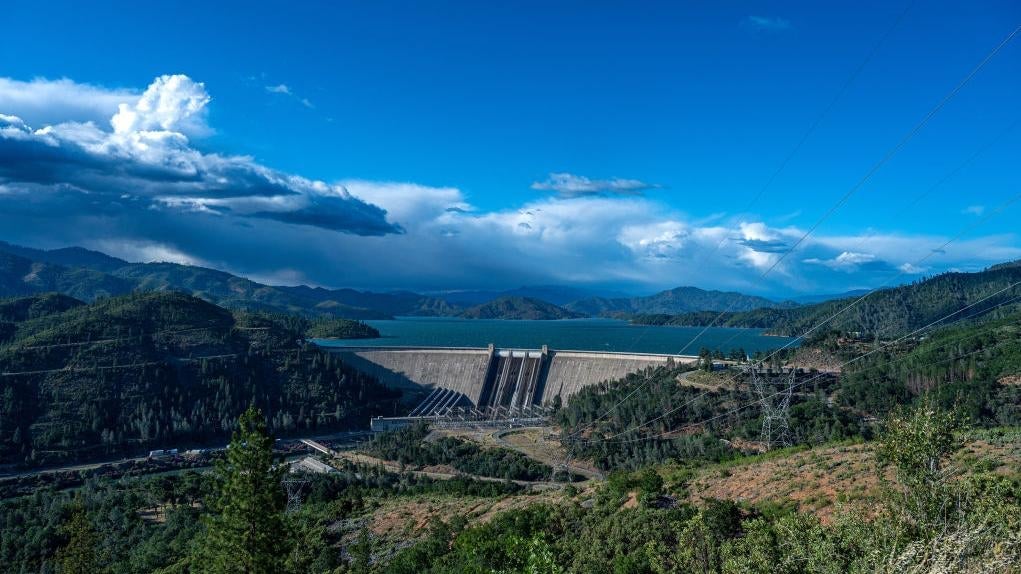Humans have constructed nearly 7,000 dams globally, significantly impacting the Earth’s poles. A recent study published in Geophysical Research Letters reveals that these dams have caused the poles to drift approximately three feet (one meter) away from the planet’s rotational axis. This shift has also contributed to a drop in global sea levels by about 0.83 inches (21 millimeters).
The study, led by Natasha Valencic, a graduate student at Harvard University, examined the locations and water volumes of large dams built between 1835 and 2011. The research indicates that the mass redistribution from these dams causes the Earth’s outer crust to wobble, leading to what is known as true polar wander.
According to Valencic, “As we trap water behind dams, not only does it remove water from the oceans—thus leading to a global sea level fall—it also redistributes mass around the world.” The findings emphasize the significant role of human activity in altering Earth’s geography and hydrology.
Impact of Dam Construction on Polar Movement
The analysis revealed that the construction of large dams has caused the North Pole to shift in two distinct phases. The first phase, from 1835 to 1954, coincided with extensive dam building in North America and Europe. During this period, the North Pole moved approximately 8 inches (25 centimeters) towards the 103rd meridian east, which runs through regions of Russia, Mongolia, and China.
The second phase, spanning from 1954 to 2011, saw the majority of dam constructions occurring in Asia and East Africa. This phase accounted for a further shift of 22 inches (57 centimeters) of the North Pole towards the 117th meridian west, traversing western South America and the South Pacific.
While these shifts may seem minor, they underscore the need for scientists to integrate the effects of water stored in dams into models predicting future sea level rise.
Future Implications for Sea Level Rise
In the 20th century, global sea levels rose by between 4.7 to 6.7 inches (12 to 17 centimeters). According to Valencic, humans have trapped roughly a quarter of that volume behind dams. She stated, “Depending on where you place dams and reservoirs, the geometry of sea level rise will change. That’s another factor we need to consider, because these changes can be quite large and significant.”
The implications of this research are profound, as they highlight how human engineering can alter not only local environments but also global geophysical processes. Understanding these changes is crucial for developing effective responses to climate change and managing water resources in the future.
As more studies emerge, the ongoing impact of dam construction on Earth’s physical characteristics and climate will likely become a focal point in environmental research and policy discussions.
